Architect: Carneal, Johnston and Wright, Restoration by BCWH with Saddler and Whitehead
Date: 1938, expansion in 1963, restoration in 2002
Address: 1000 N Lombardy St
Maggie Walker High School’s creation is the result of several incidents occurring at the same time. In 1934, Richmond icon Maggie L. Walker passed, and the city wished to honor her name in some way. Virginia Union University had recently sold vacant land to the city, and a new facility was required for local black youth, then segregated under Jim Crow laws. These circumstances were what brought Carneal, Johnston and Wright to design the art deco high school, one of the most significant educational buildings in the city.
The same architects’ extensive expansion in 1963 added to the original plan of two joined Y shapes and the building today exists largely as a realization of these two efforts. Limestone and concrete are paired handsomely with a dark red brick, while sea foam green accenting, glass block and subtle art deco ornamentation complete the sophisticated structure’s image.
The school’s interior plan is regular and predictable, a classically symmetrical arrangement that creates a navigable yet repetitive experience. Staircases hinge the building’s end wings which house classrooms, while larger programs such as the auditorium, gym, common room and cafeteria are clustered in the center.
While the iconic elevation of Maggie L. Walker High School is its grand entrance on Lombardy Street, the opposite entrance is the most heavily trafficked. Another common vista is from the I-95 overpass, above the athletic fields and parking lot north of the school.
The high school began as exclusively African American but, after a historic documentation and restoration from Sadler and Whitehead with BCWH in 2002, it opened its doors as the Governor’s School of Government and International Studies. Hopefully this sensitive modern restoration will reaffirm the school as an important Richmond landmark that must be cared for, and one that will last.
M.F.A



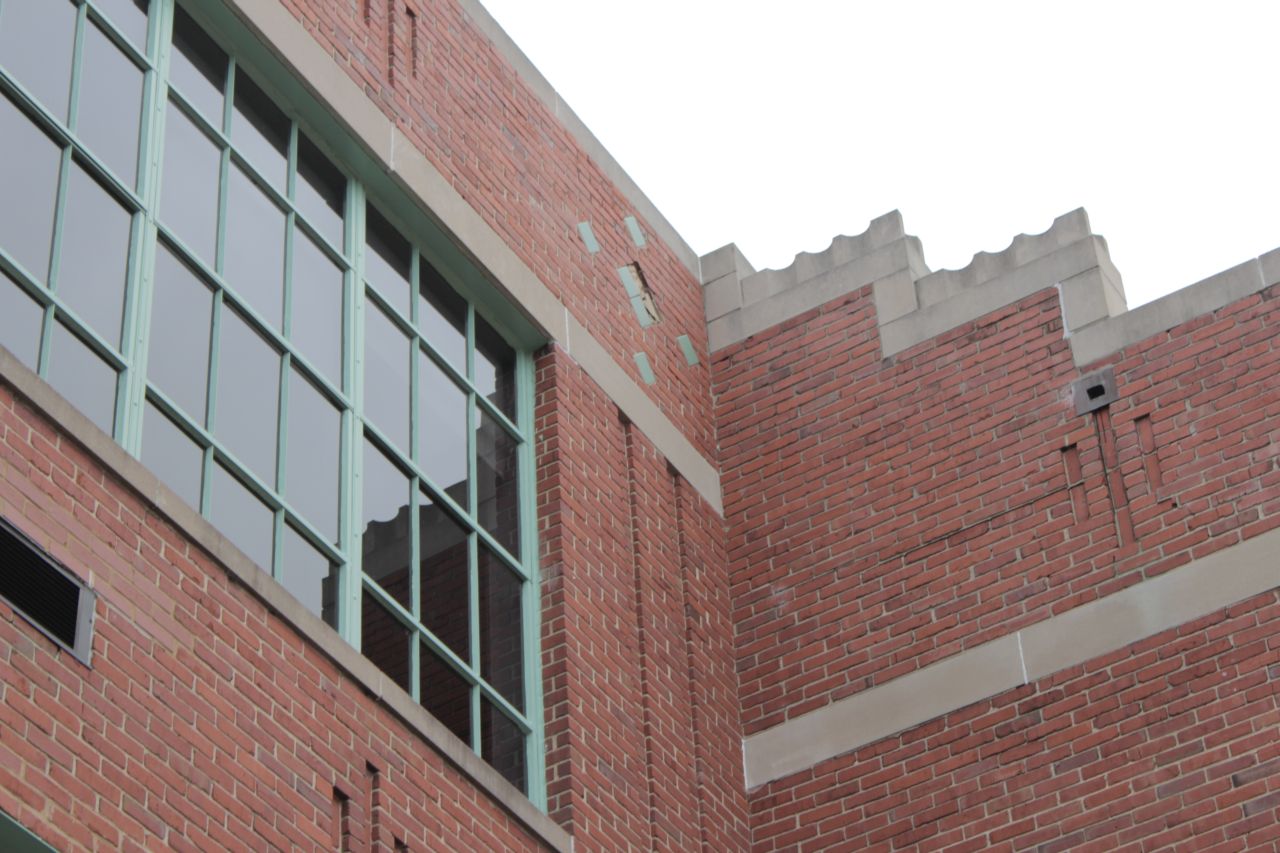
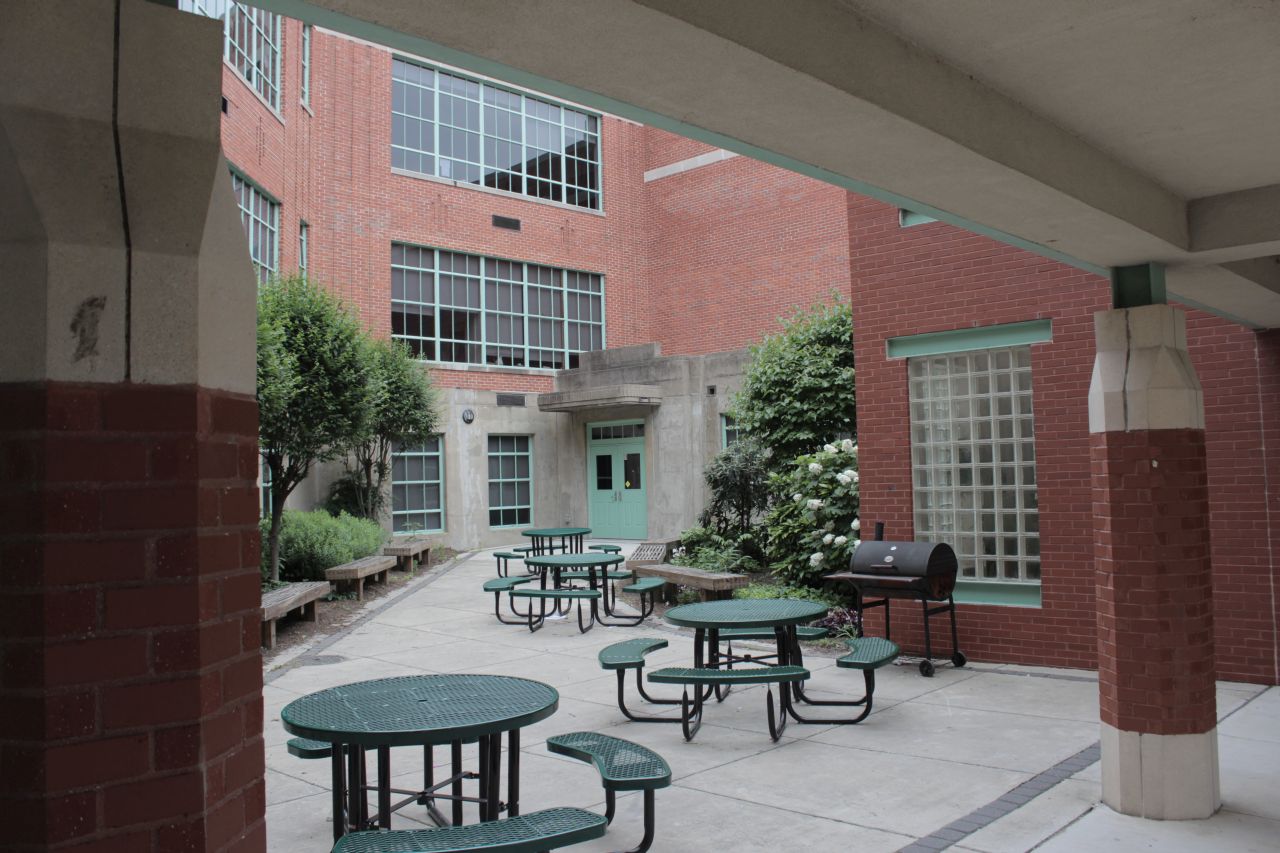

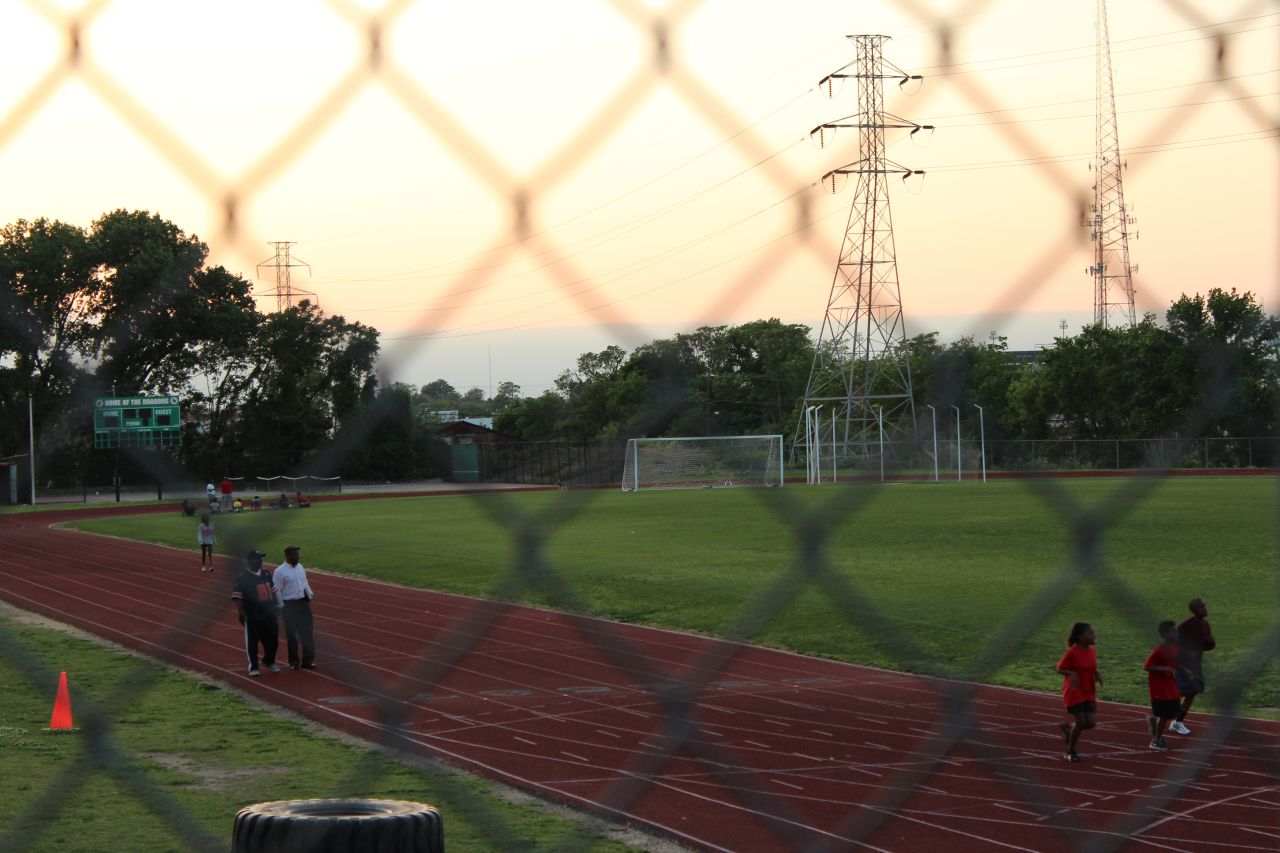
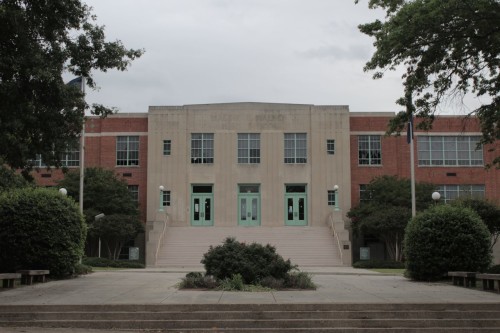
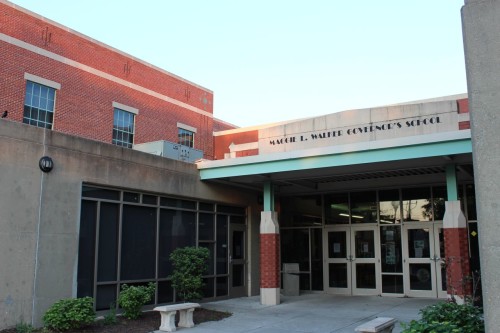
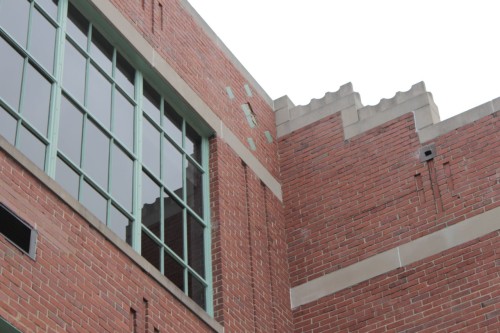
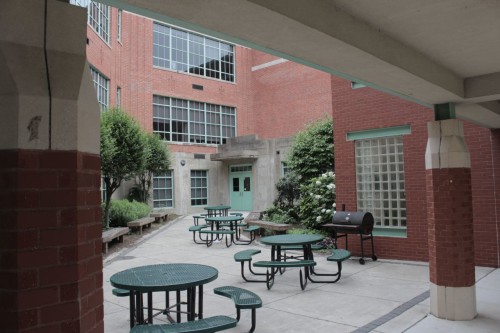


Write a Comment